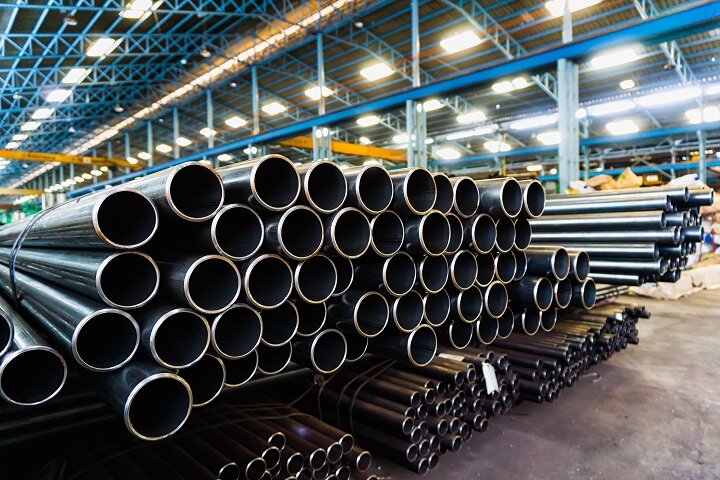
Some people may think that a metal tube and a metal pipe are the same thing, but industrial pipe suppliers in the gas and oil industry know better.
More often, pipe is used for liquid transportation, whereas tubing is generally employed for structural elements. When checking the thickness of the walls with pipes, the outside diameter of the tubing is the most crucial measurement to determine. Pipe size is primarily defined by the American National Standards Institute (ANSI) as well as the wall thickness, and the most critical numbers are the pipe dimensions.
Pipe Fundamentals
Steel pipes or even used oilfield pipes are used to transport liquid and gas in marine applications, goods processing, and the oil and gas industry. Pipeline customers ask frequently for SplashTRON® coating.
Compared to tubes, pipes are typically less expensive to produce and thus have a lower overall cost. It is crucial to know the inside diameter of the pipe in order to determine the amount of product that can flow through it. A proper rating of pressure, ductility, and yield strength are also needed.
Basics of Tubes
What is the meaning of “tubing”? Conveyor belts, roller bearings, and concrete piling casings are all common applications for tubing in the oil and gas industry. While in other contexts, “tubing” refers to casing and stringing, in drilling well construction, it refers to the casing and the stringing.
There are various measurement standards that are necessary for manufacturing tubes: diameter tolerance, straightness tolerance, wall thickness tolerance, and roundness tolerance. Tubes must be examined regularly to ensure hardness and tensile strength, which are subject to strict standards. Outside diameters with the precision of their weight capacity are important.
Mechanical components in need of pressure equipment can be found in diameters from five to eight inches; other types of mechanical parts come in larger diameter lengths.
Because of the materials that tubes are constructed from, such as aluminum, mild steel, brass, chrome, copper, or stainless steel, they are usually more expensive than pipes. Obviously, the end user price is influenced by the materials used.
How to Measure Pipes and Tubes
The two variables that are associated with pipe size are –
- The inner diameter of the pipe is measured in inches. The metric equivalent is called DN, or “diametre nominel.”
- Measurements for the wall thickness are taken using the schedule. No unit of measurement is implied by the value.
In general, pipe wall thickness increases as schedule number increases. However, you may find that schedule numbers are assigned to different wall thicknesses for different pipes. Because the NPS (number of passes) is built into the thickness, it is accounted for. If the schedule numbers on two pipes are different but the NPS is the same, the ID will be different from the OD.
Generally, tube diameters are measured in outside diameter (OD), which shows the true outer size of the tube. Industrial pipe suppliers say that one can measure the thickness of a wall in millimeters, inches, or the “gauges.” Measurements in millimeters are used to measure the thin-walled tubes in the United States, whereas thicker tubes are measured in inches.
You can come to International Pipes in OKC to know more about the key differences of pipes and tubes.
